The first Judean coins were struck when Judea was part of the Persian empire from the 6th - 4th centuries BC. During the latter part of this period, small silver coins were struck by an autonomous Jewish authority with the permission of the Persians. Many copied the owl design of the popular Athenian silver coins, but the Greek inscription “AQE” was replaced by an ancient Hebrew legend “YEHUD,” the Persian name of the Province of Judaea.
For the next many centuries, autonomous and semi-autonomous coins were struck in Judea under various foreign masters; Seleucids, Ptolemaics, and finally Romans..
Most famous are probably the coins of the various Hasmonean kings, and those of the Jewish revolts. Ancient Jewish coinage remains a very popular collection area, especially amongst American collectors.
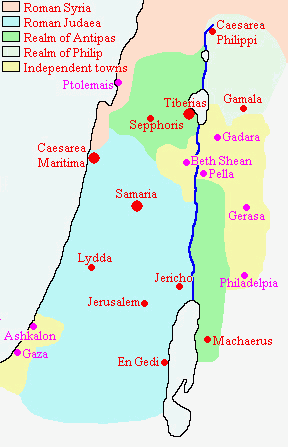
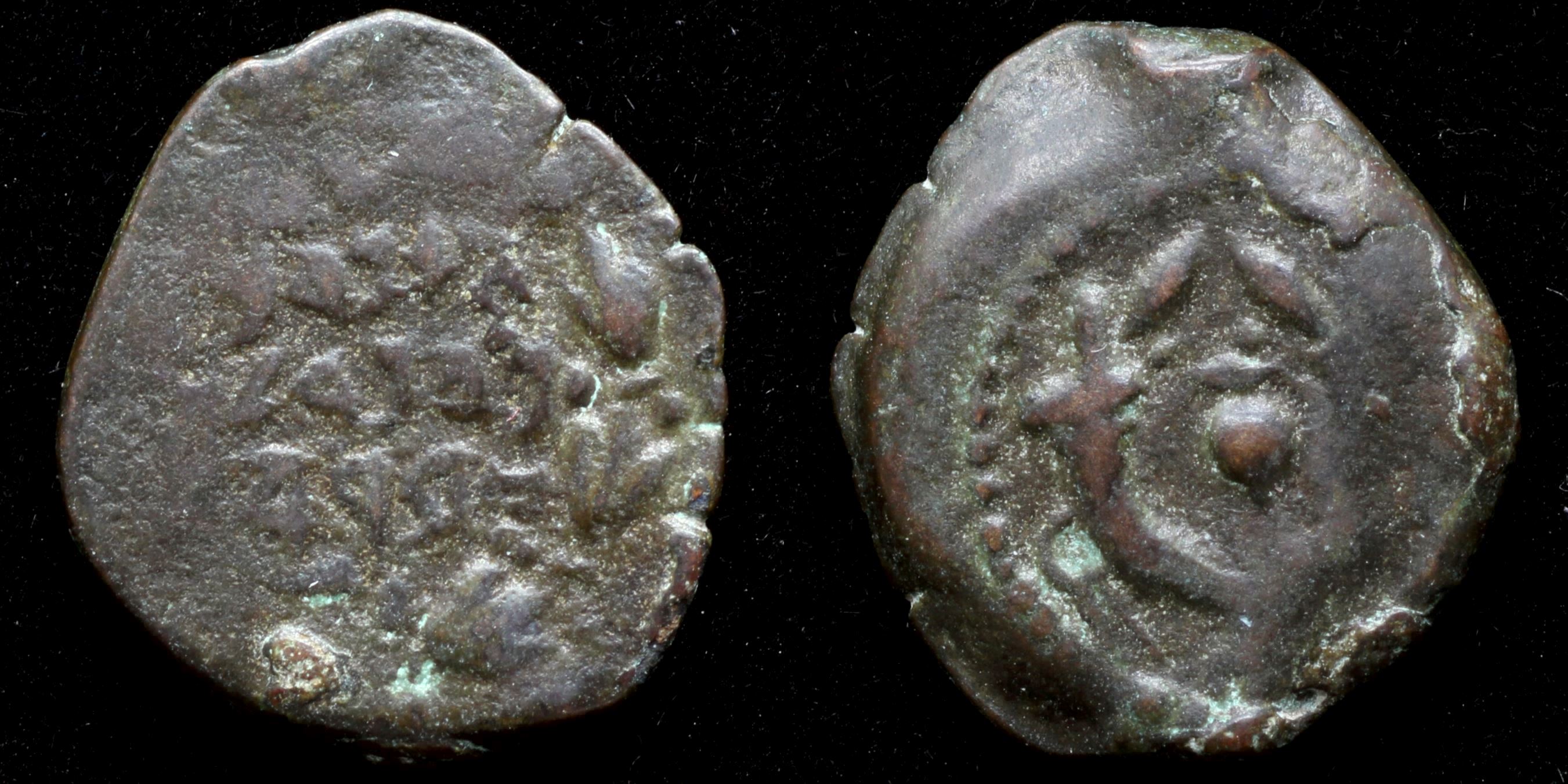
Reverse: double cornucopia adorned with ribbons, pomegranate between horns
Die Orientation: -
Weight: 2.1 g
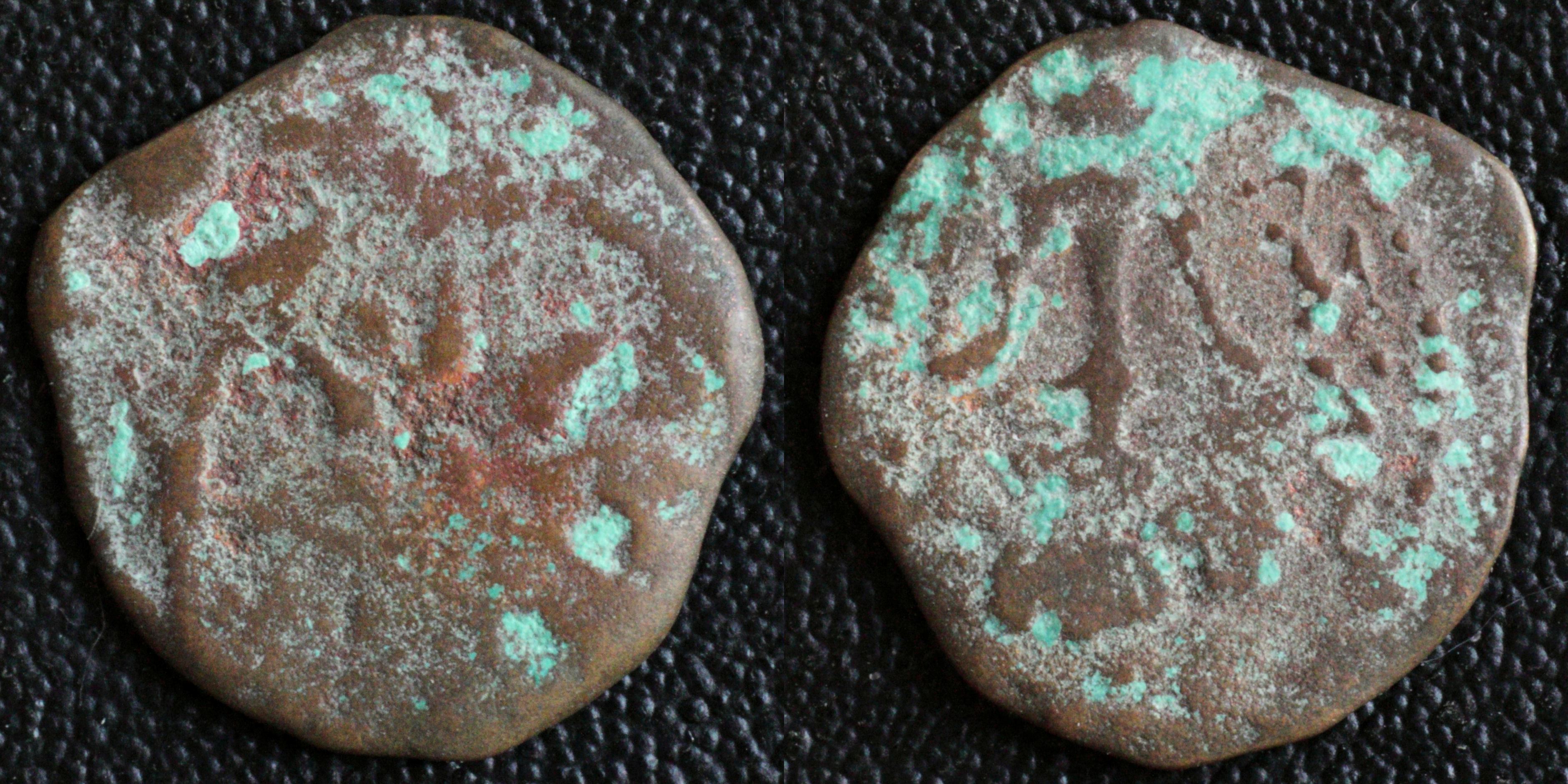
Reverse: Seleucid anchor; BAΣIΛEΩΣ AΛEΞANΔPOY
Die Orientation: -
Weight: 0.67 g
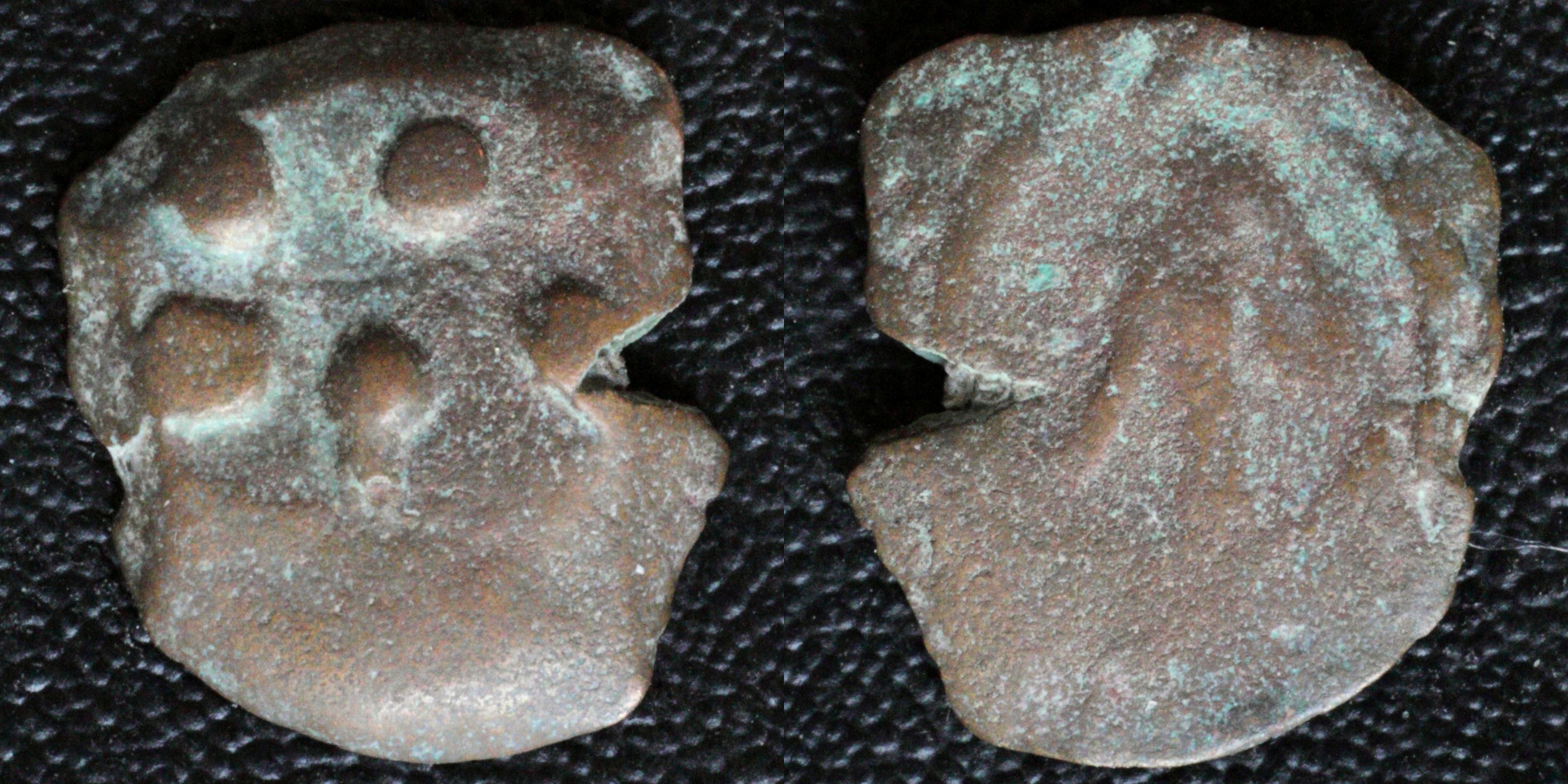
Reverse: Anchor in circle, BAΣIΛEΩΣ AΛEΞANΔPOY
Die Orientation: -
Weight: 0.71 g
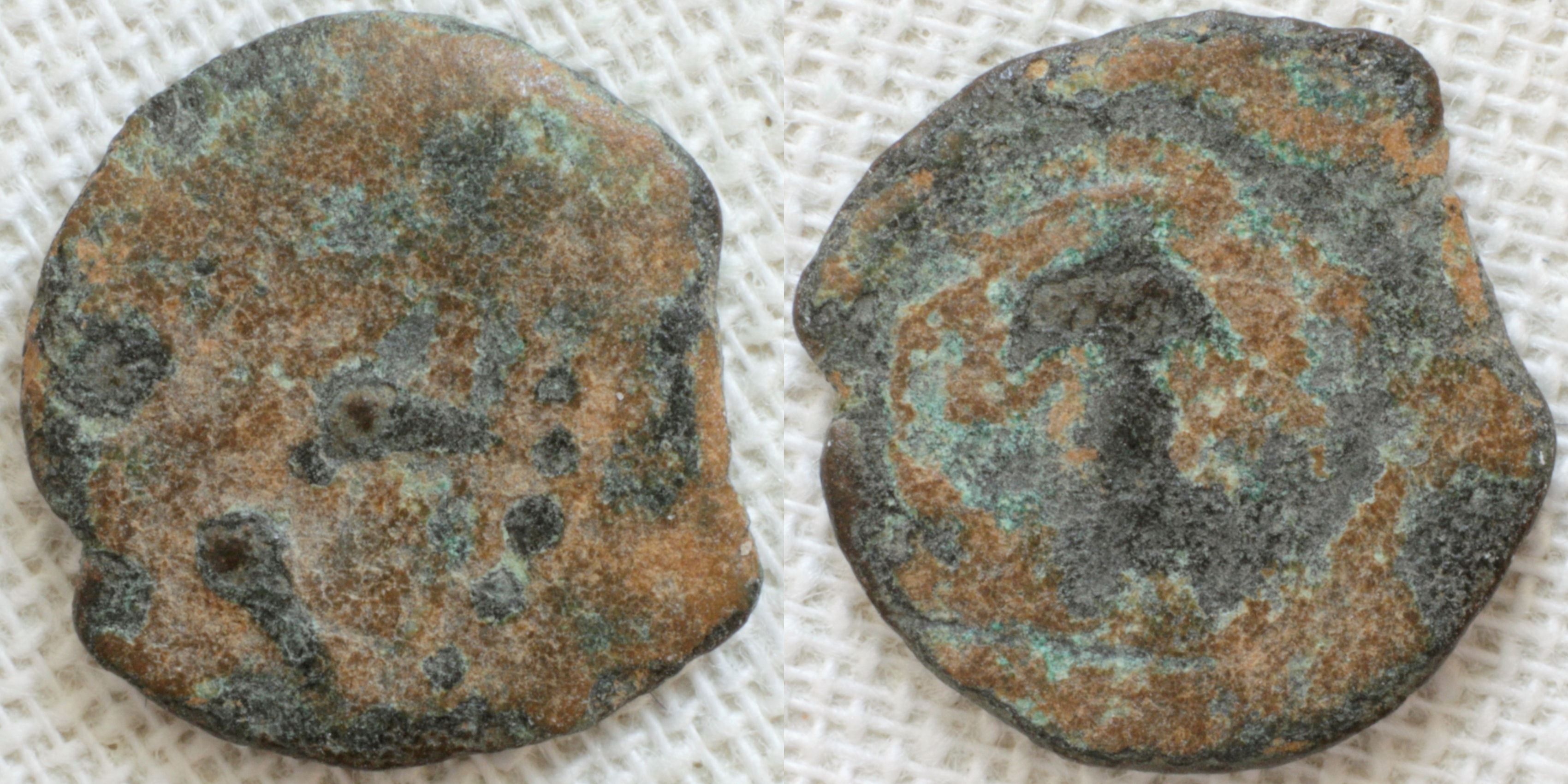
Reverse: Anchor in circle; BAΣIΛEΩΣ AΛEΞANΔPOY
Die Orientation: -
Weight: 0.6 g
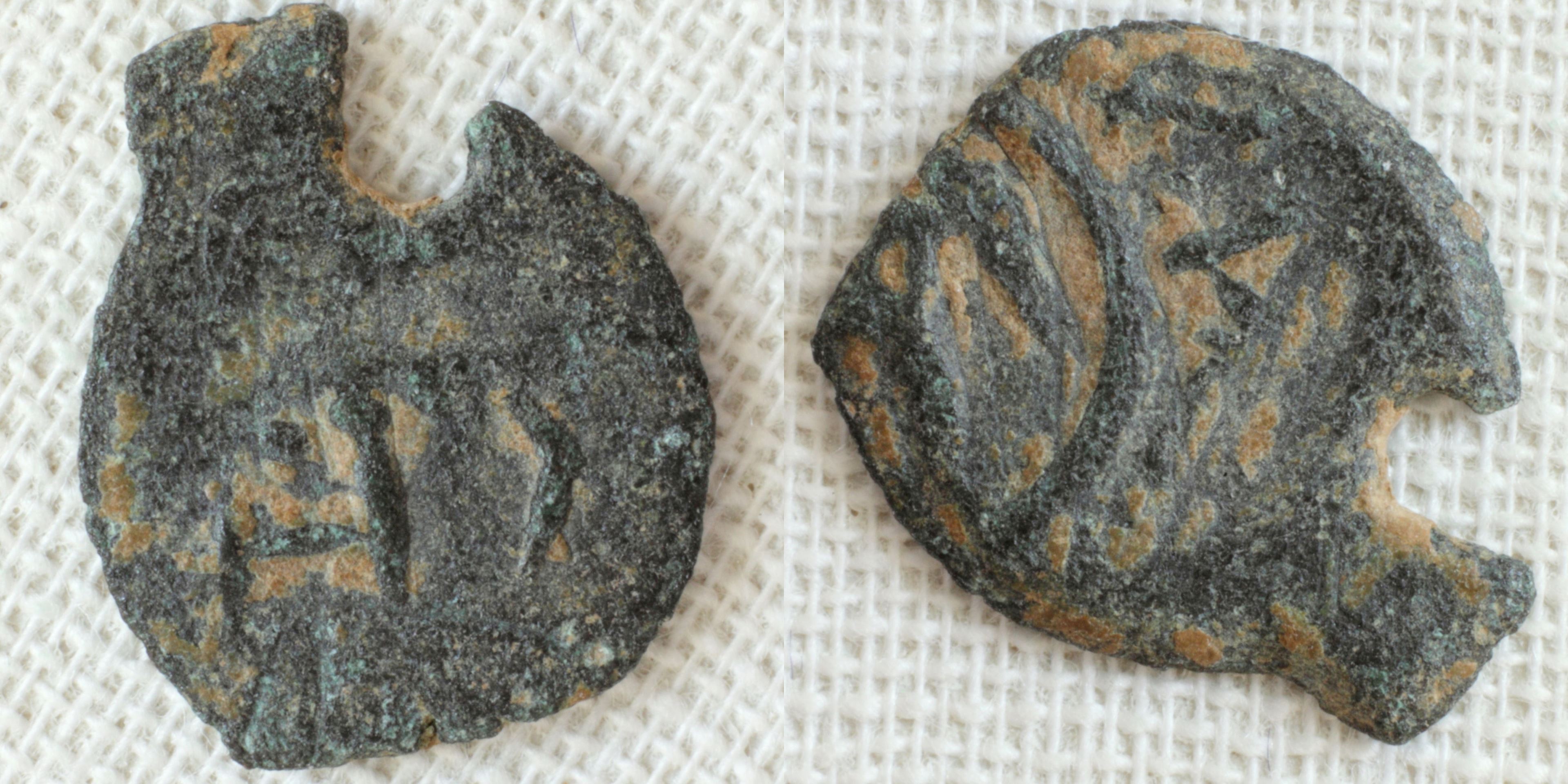
Reverse: Anchor within circle blundered barbaric imitation of Greek legend around
Die Orientation: -
Weight: 0.54 g
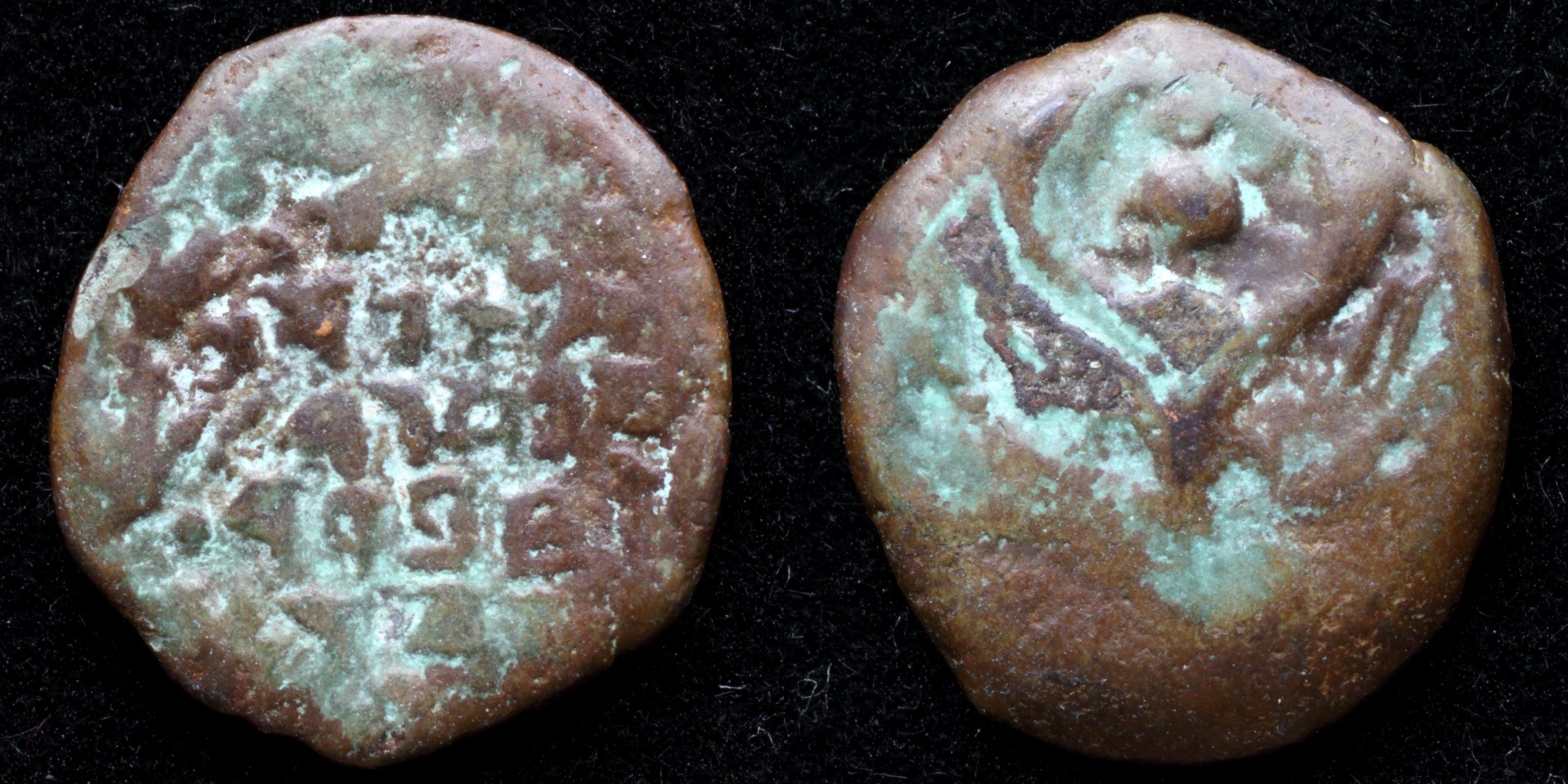
Reverse: double cornucopia adorned with ribbons, pomegranate between horns
Die Orientation: -
Weight: 1.4 g
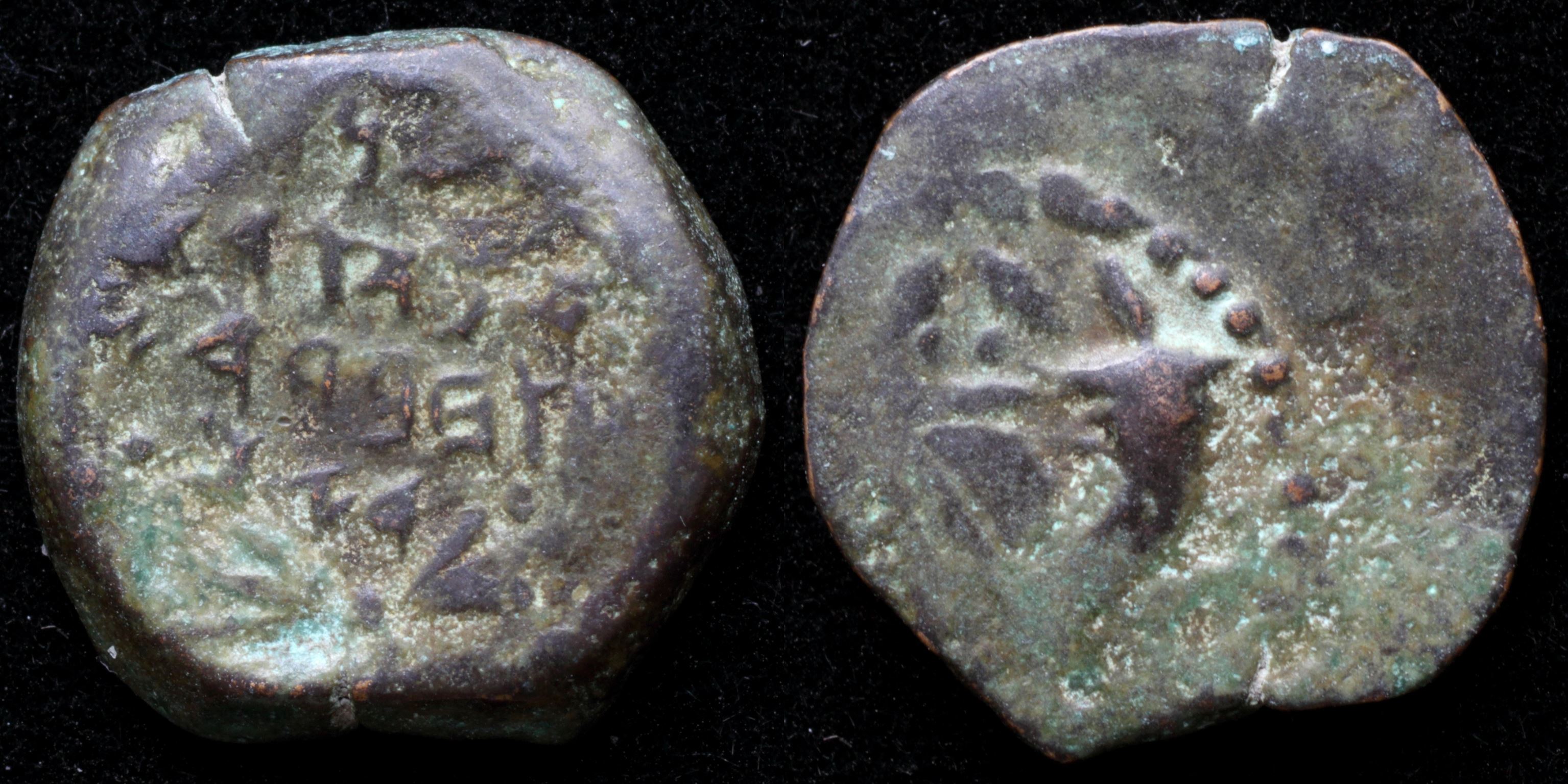
Reverse: double cornucopia adorned with ribbons, pomegranate between horns
Die Orientation: -
Weight: 2.3 g
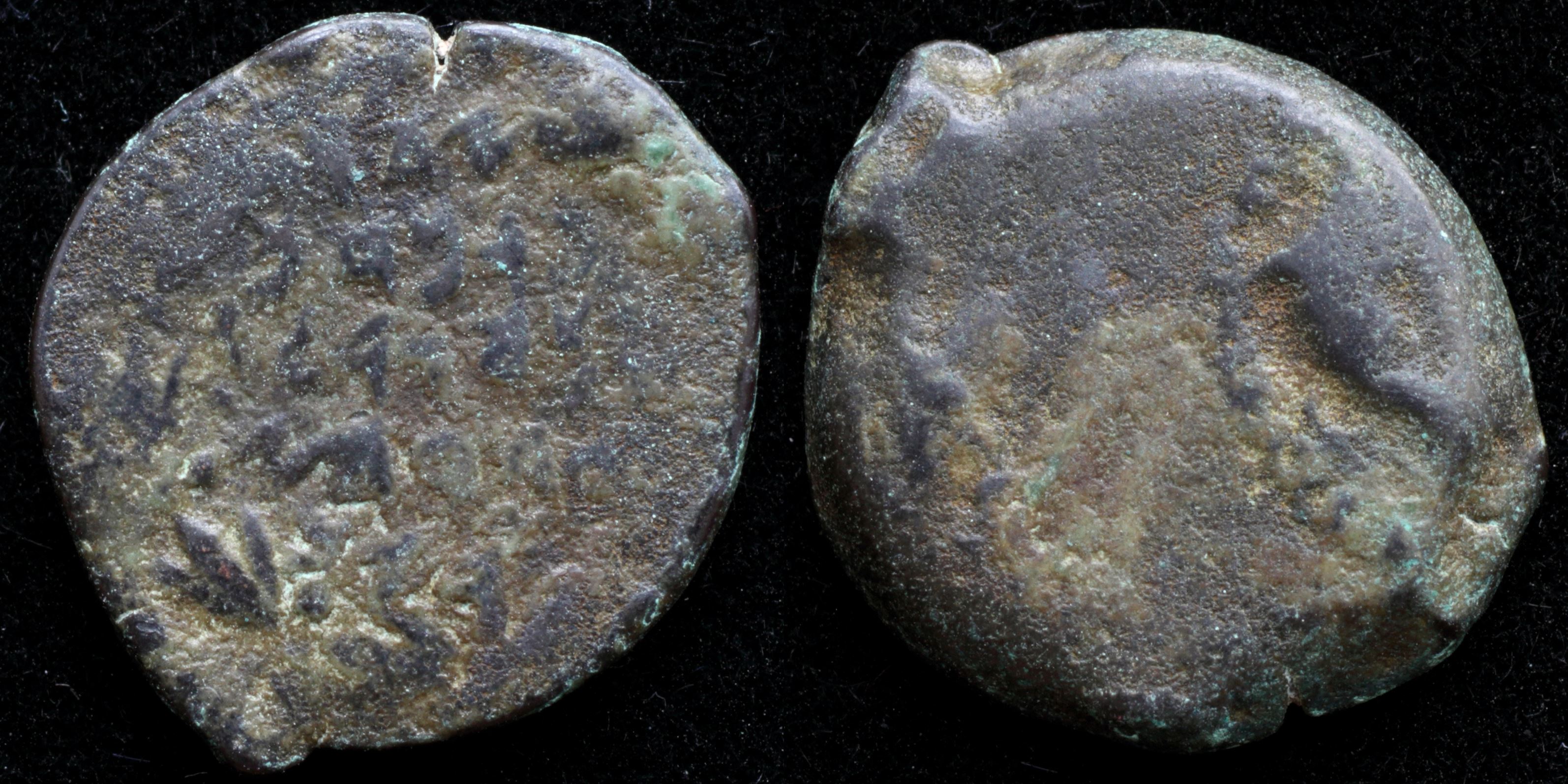
Reverse: Double cornucopia adorned with ribbons, pomegranate between horns
Die Orientation: -
Weight: 2.3 g
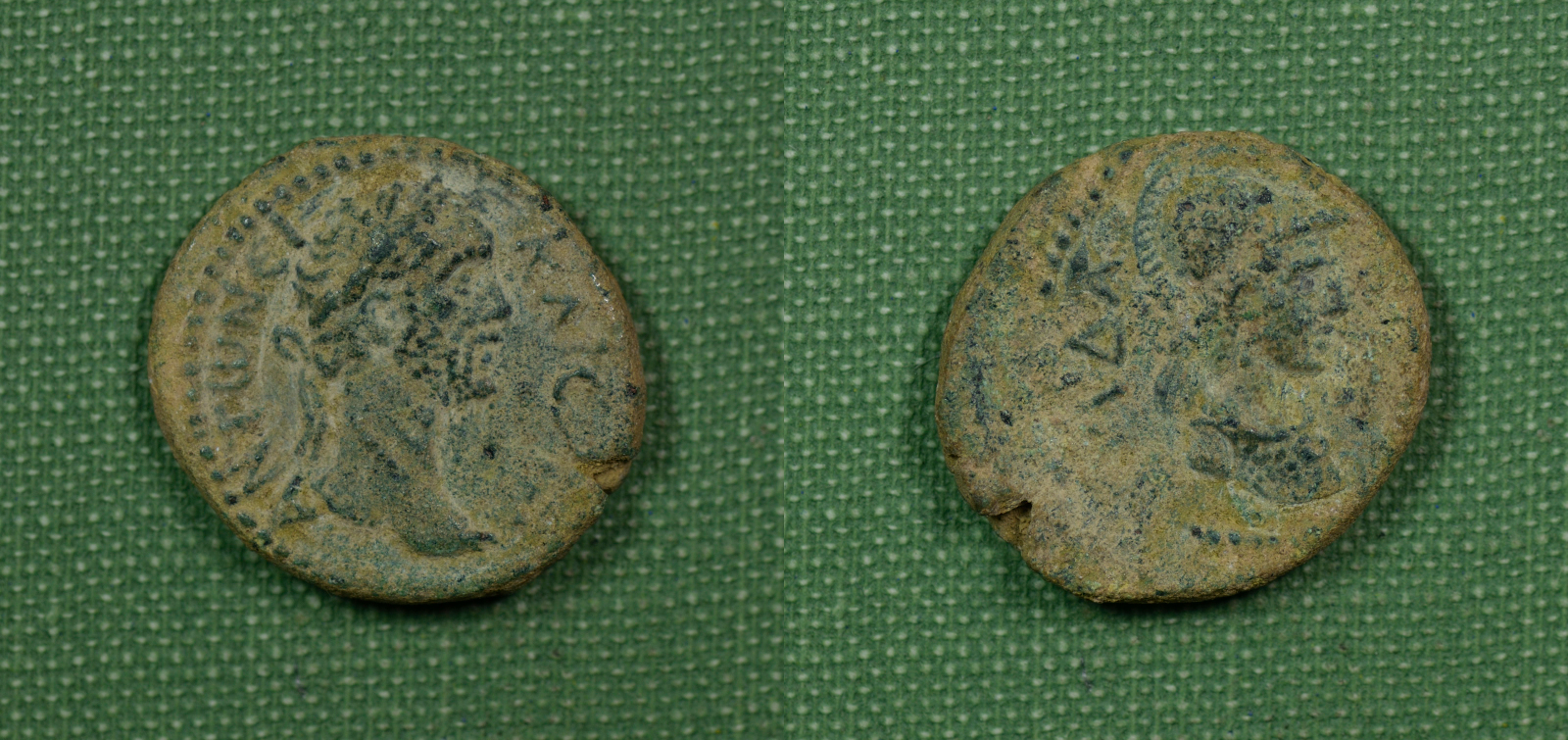
Reverse: ΓΑΔΑΡЄѠΝ ΓΚС (date in legend), helmeted bust of Athena to right, wearing aegis
Die Orientation: 12 H
Weight: 3.87 g
Ex. Roma E-Sale 78, Lot 769
Dated CY 223 = 159/60
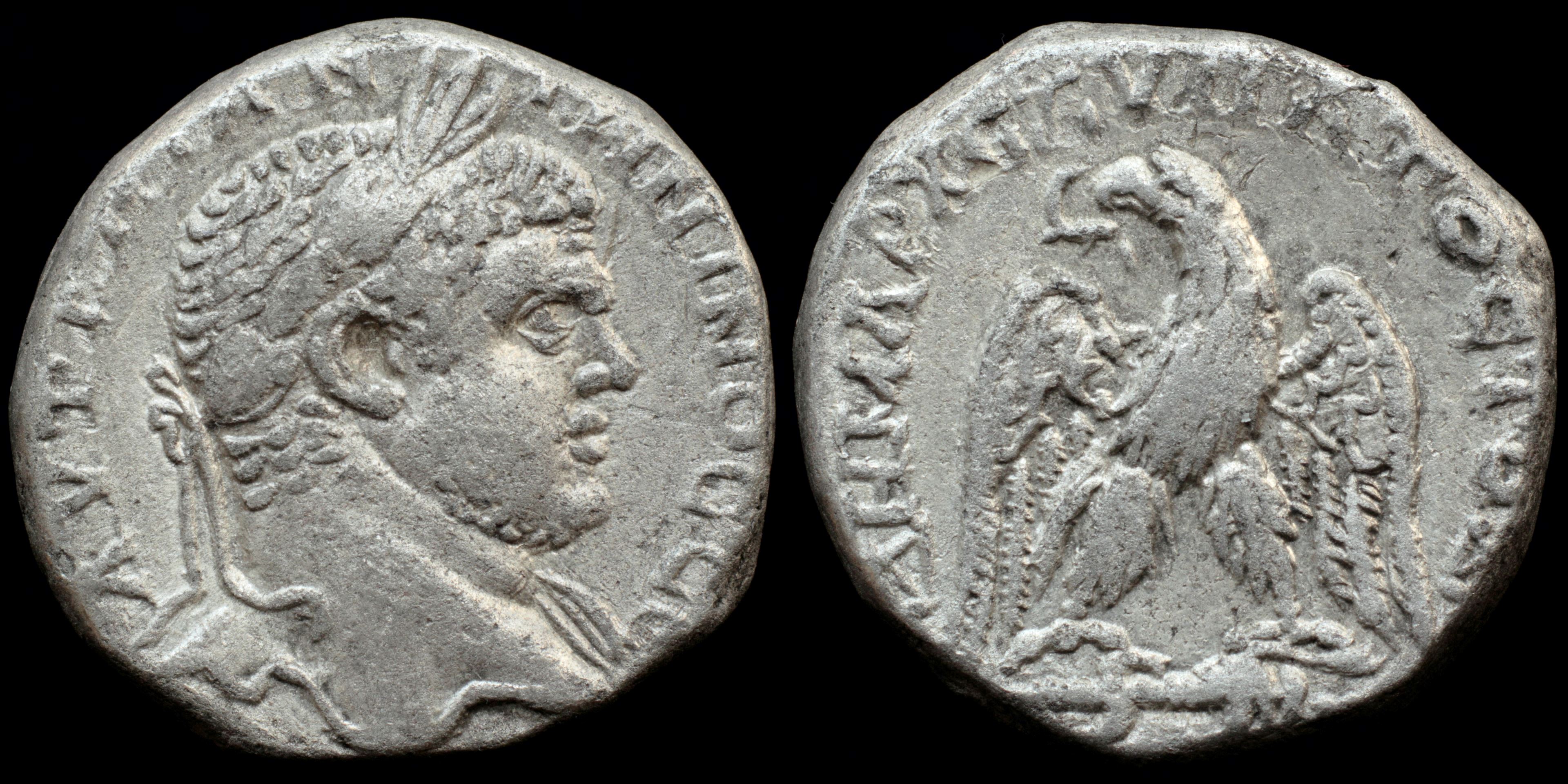
Reverse: Eagle facing, head left, wreath in beak, serpent-entwined torch below; ΔHMAPX EΞ VΠATOC TO Δ
Die Orientation: -
Weight: 15.2 g
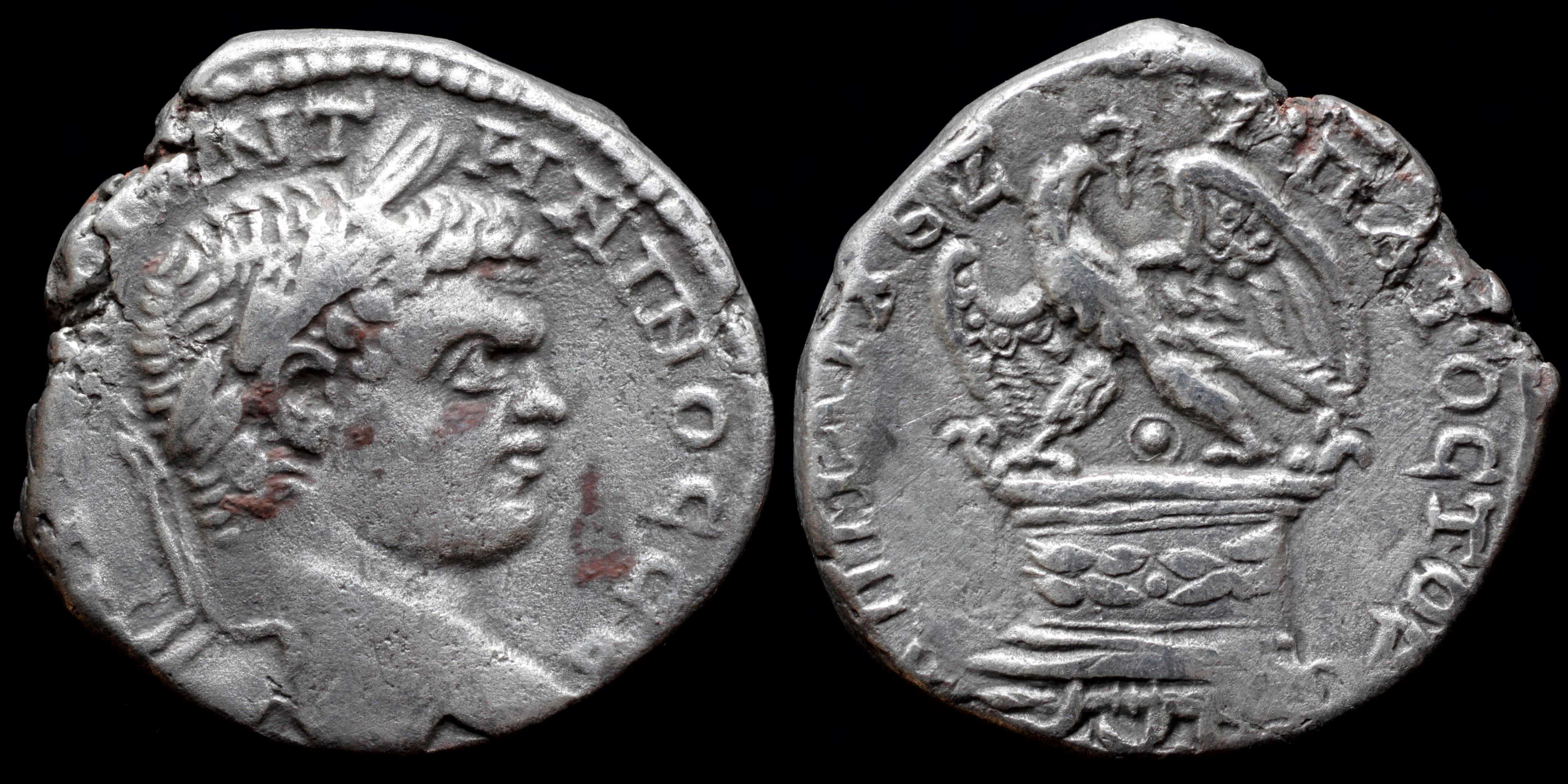
Reverse: Eagle on altar facing, head right, wreath in beak, pellet in circle between eagle's legs, serpent-entwined torch below; ΔHMAPX EΞ_VΠATOC TO Δ
Die Orientation: -
Weight: 10.7 g
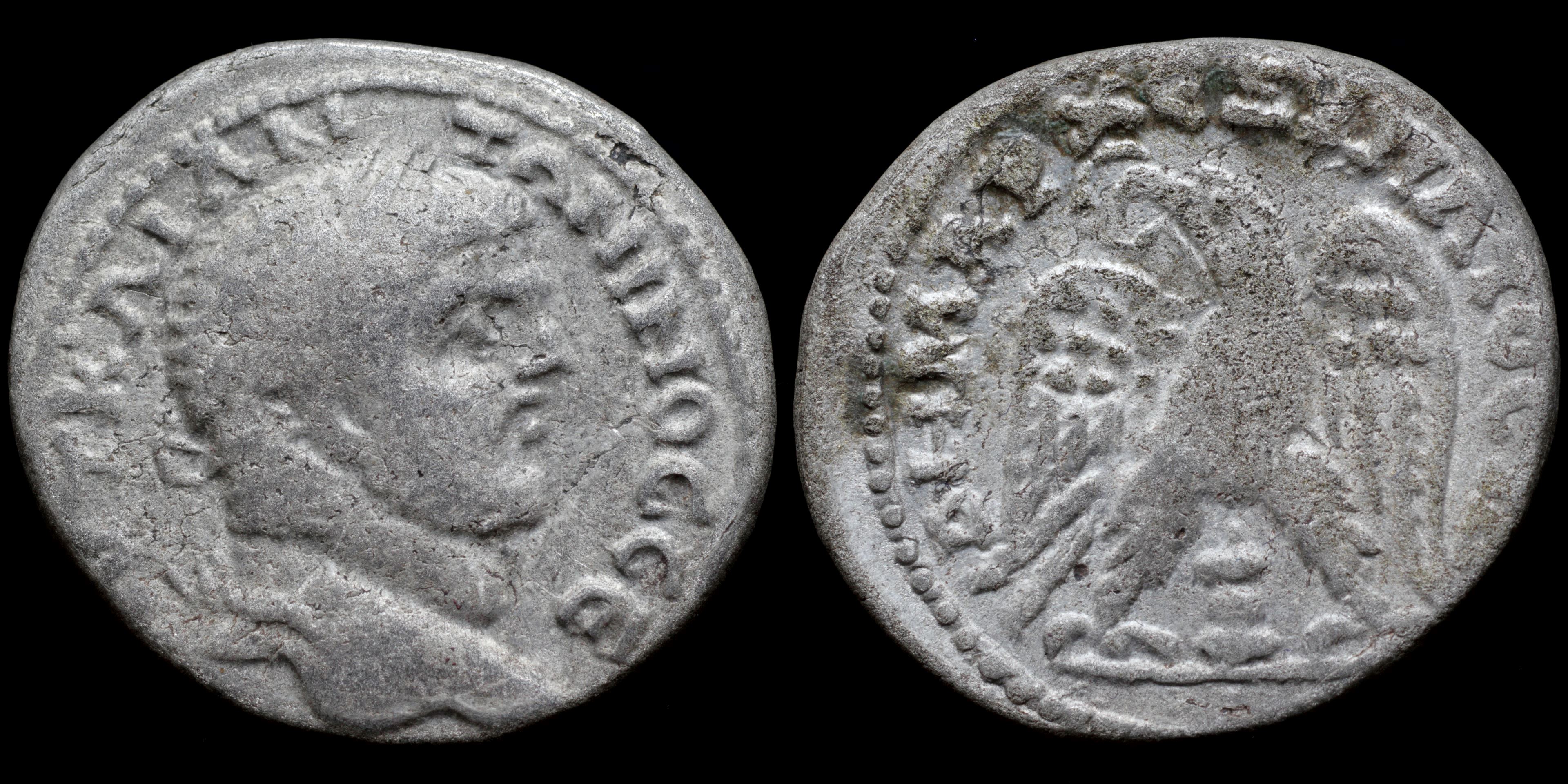
Reverse: Eagle facing, head left, wreath in beak, altar below; ΔHMAPX EΞ VΠATOC T Δ
Die Orientation: -
Weight: 11.9 g
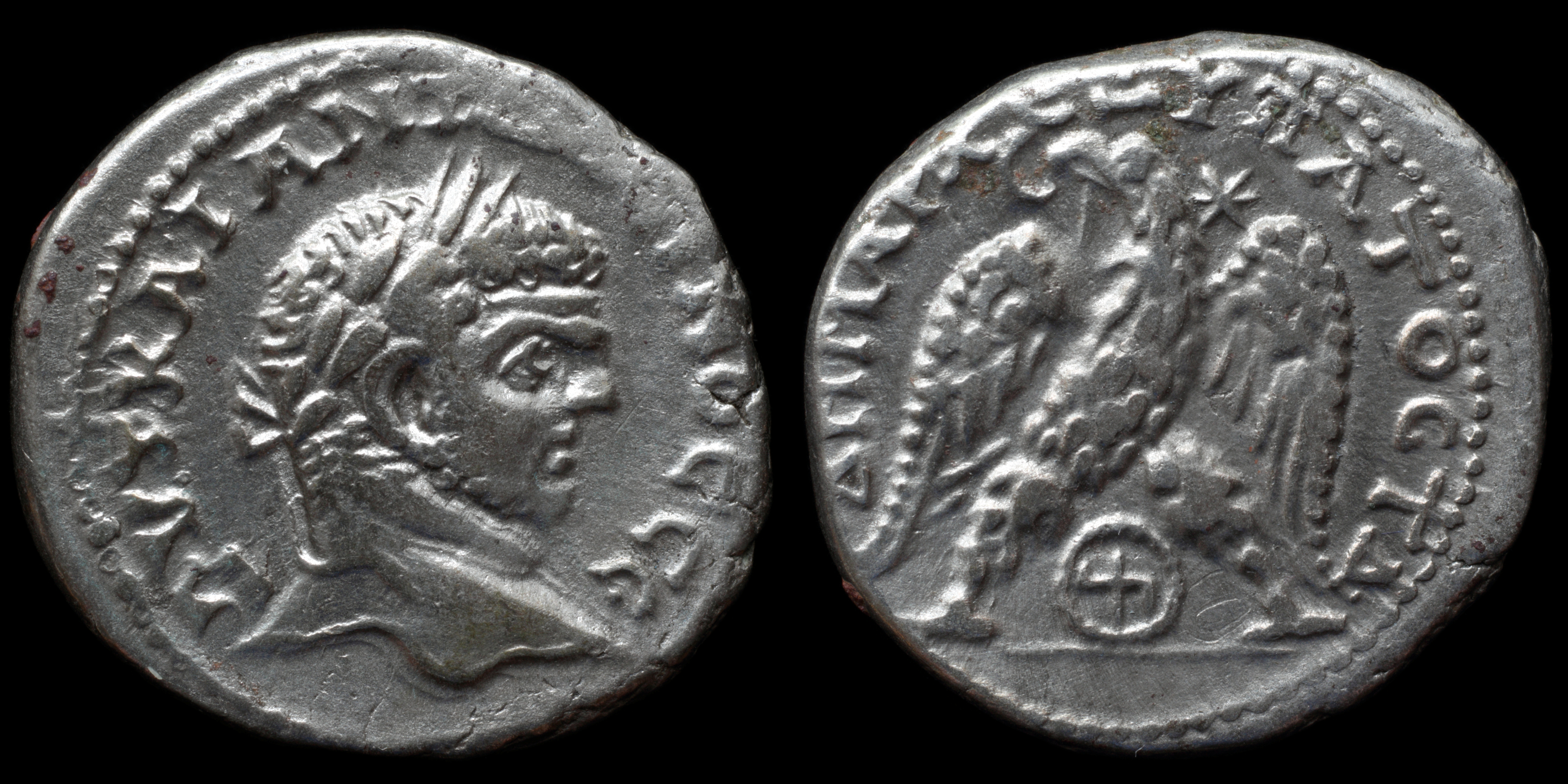
Reverse: Eagle standing facing, head left, with wreath in beak and wings spread; between legs, sign of Marnas in pelleted circle; star to upper right.
Die Orientation: -
Weight: 12.4 g
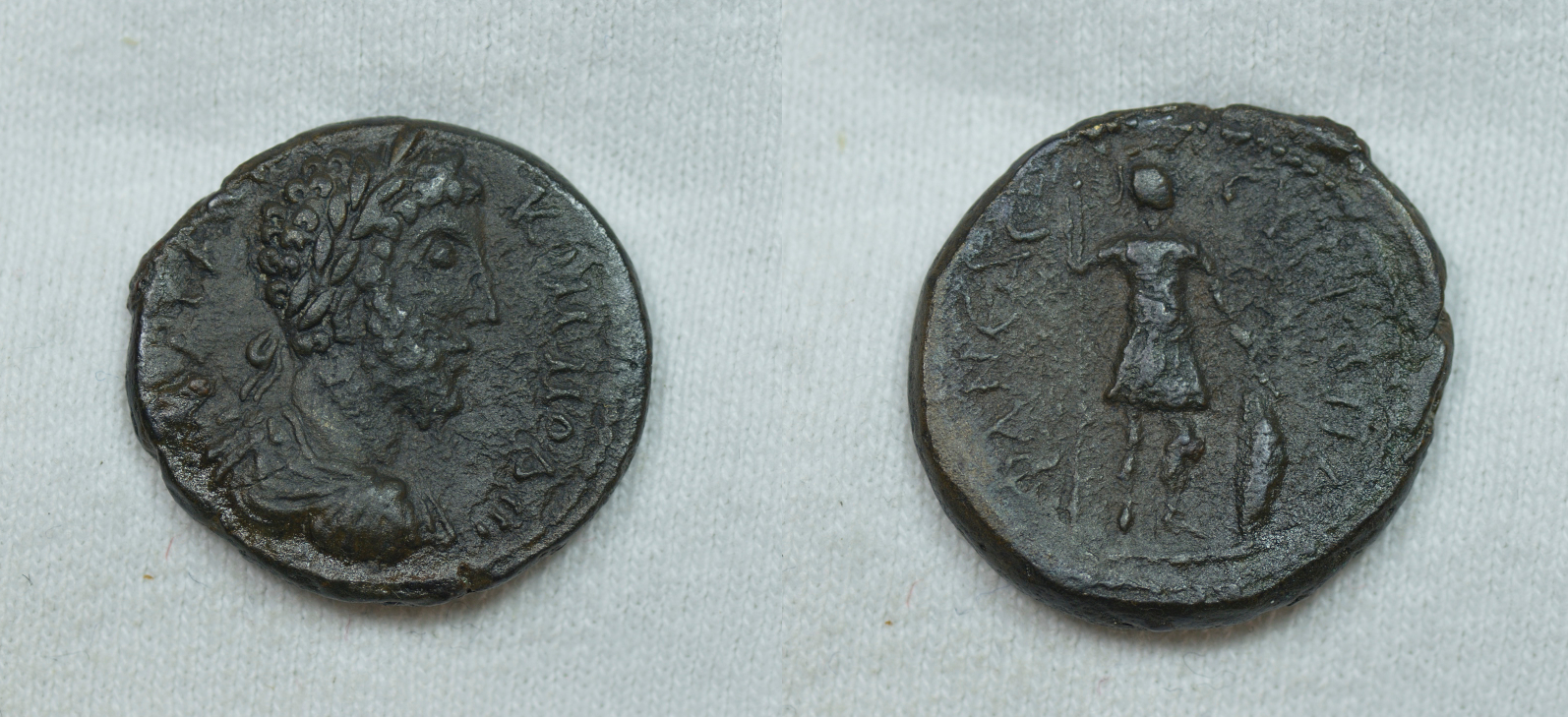
Reverse: ΦΛ ΝƐΑϹ ϹΥΡΙΑϹ ΠΑ - Ares (or warrior) standing, facing, head, r., wearing helmet and cuirass, holding spear, resting on shield
Die Orientation: 0 H
Weight: 0 g
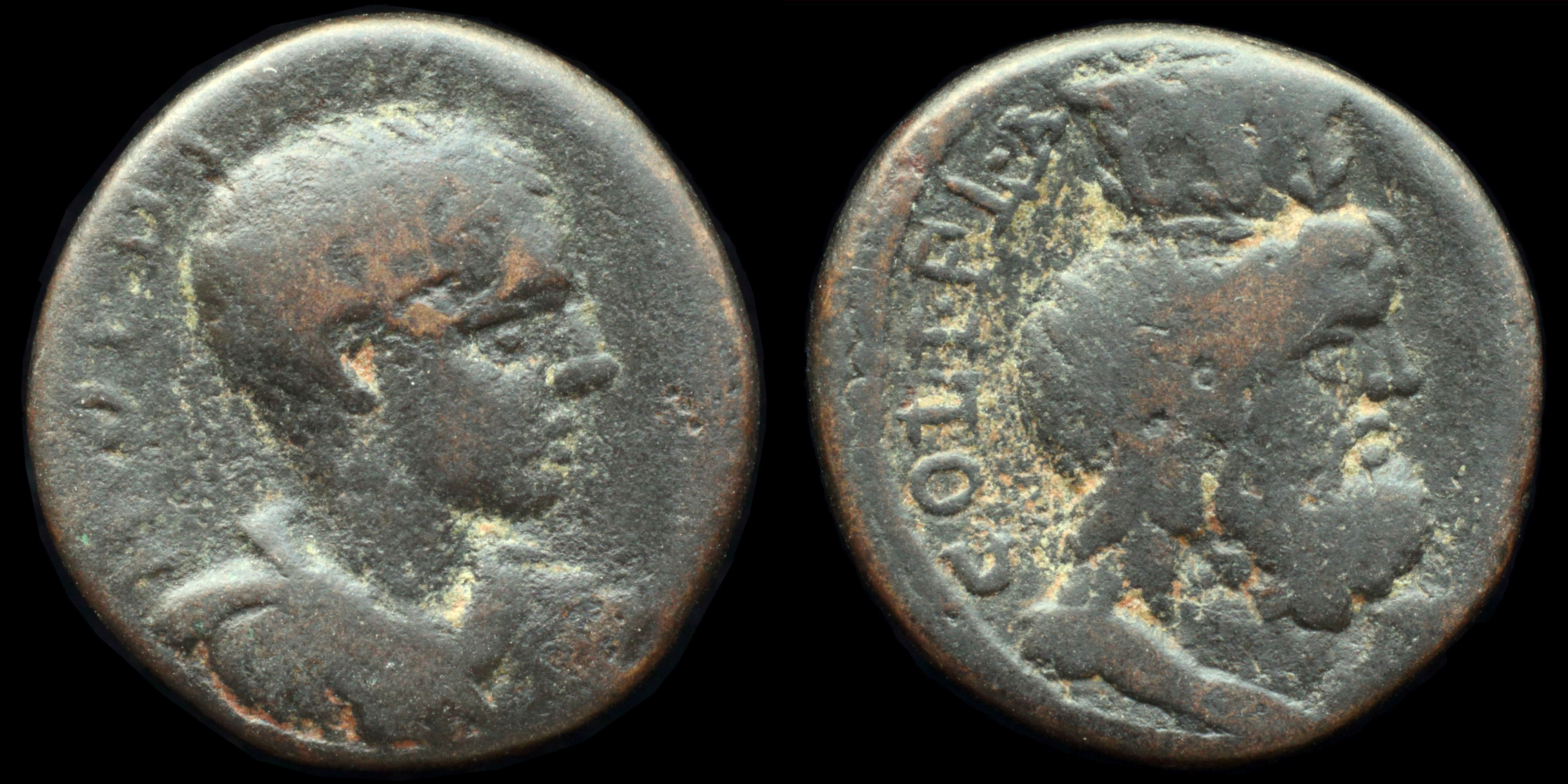
Reverse: Serapis head right wearing modius; COL·P·FL·AV_F·C·CAESAR
Die Orientation: -
Weight: 7.7 g
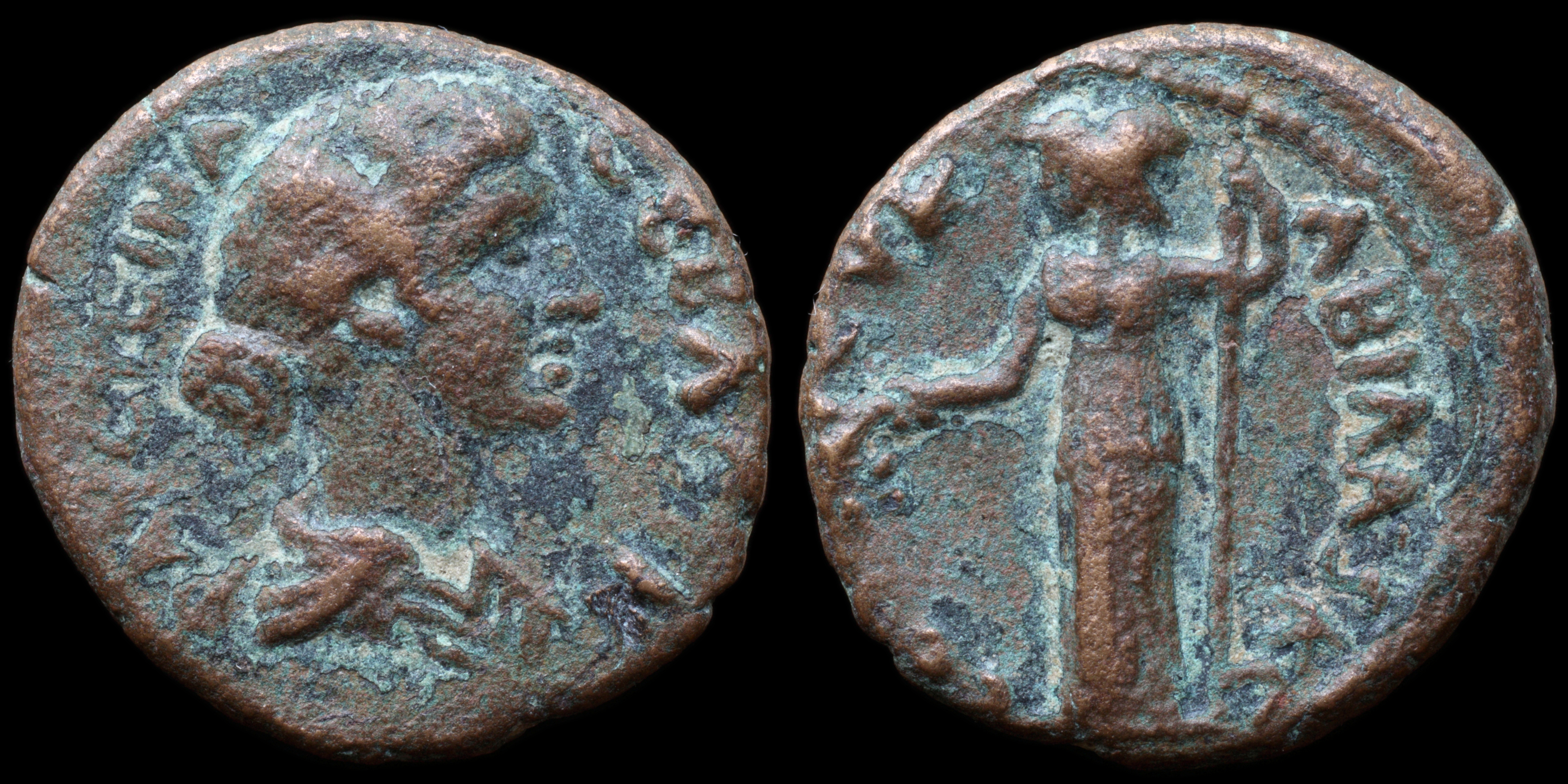
Reverse: Athena standing half left holding branch and spear; CEΛ__EVK__ABIΛA ϚKC
Die Orientation: -
Weight: 7.3 g
.jpg)
Reverse: Herakles facing, head left, holding club and lion skin; ΓAZA__Δ EΠI Γ_YP / Mem
Die Orientation: -
Weight: 5.1 g
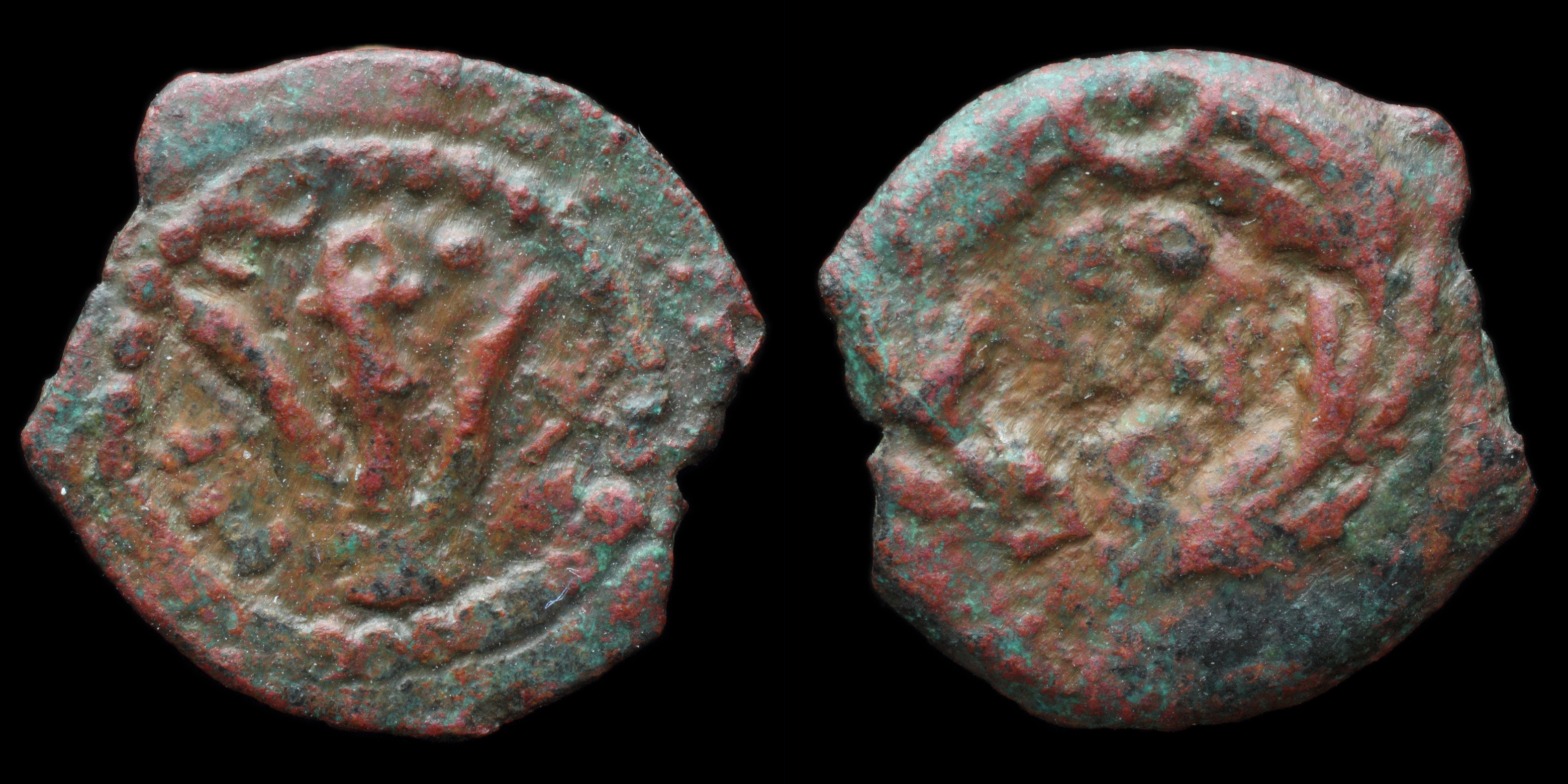
Reverse: legend within oak wreath; EΘ / AN (Ethnarch)
Die Orientation: -
Weight: 1.3 g
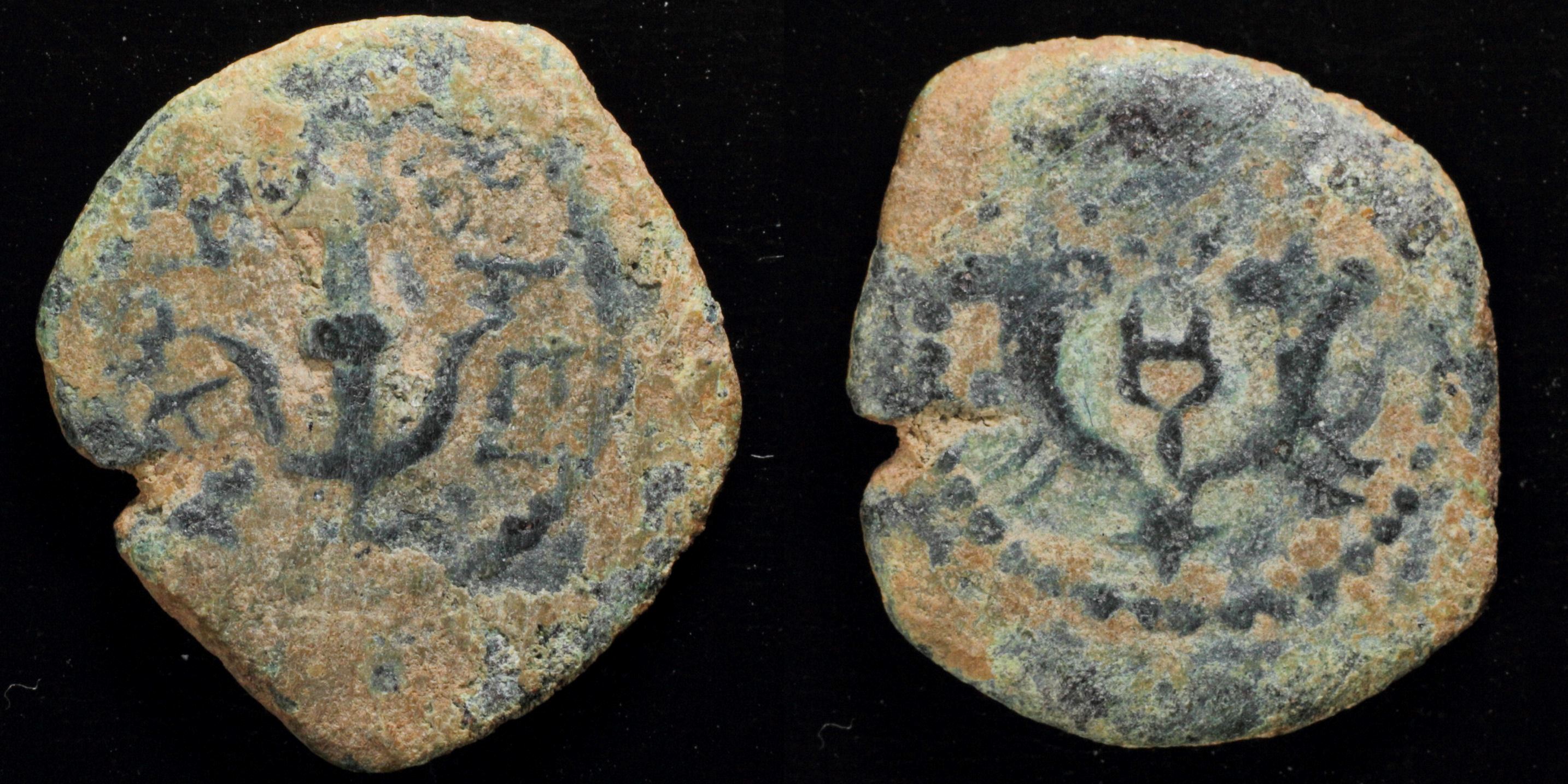
Reverse: 2 cornucopiae, caduceus between, dots above
Die Orientation: -
Weight: 1.9 g
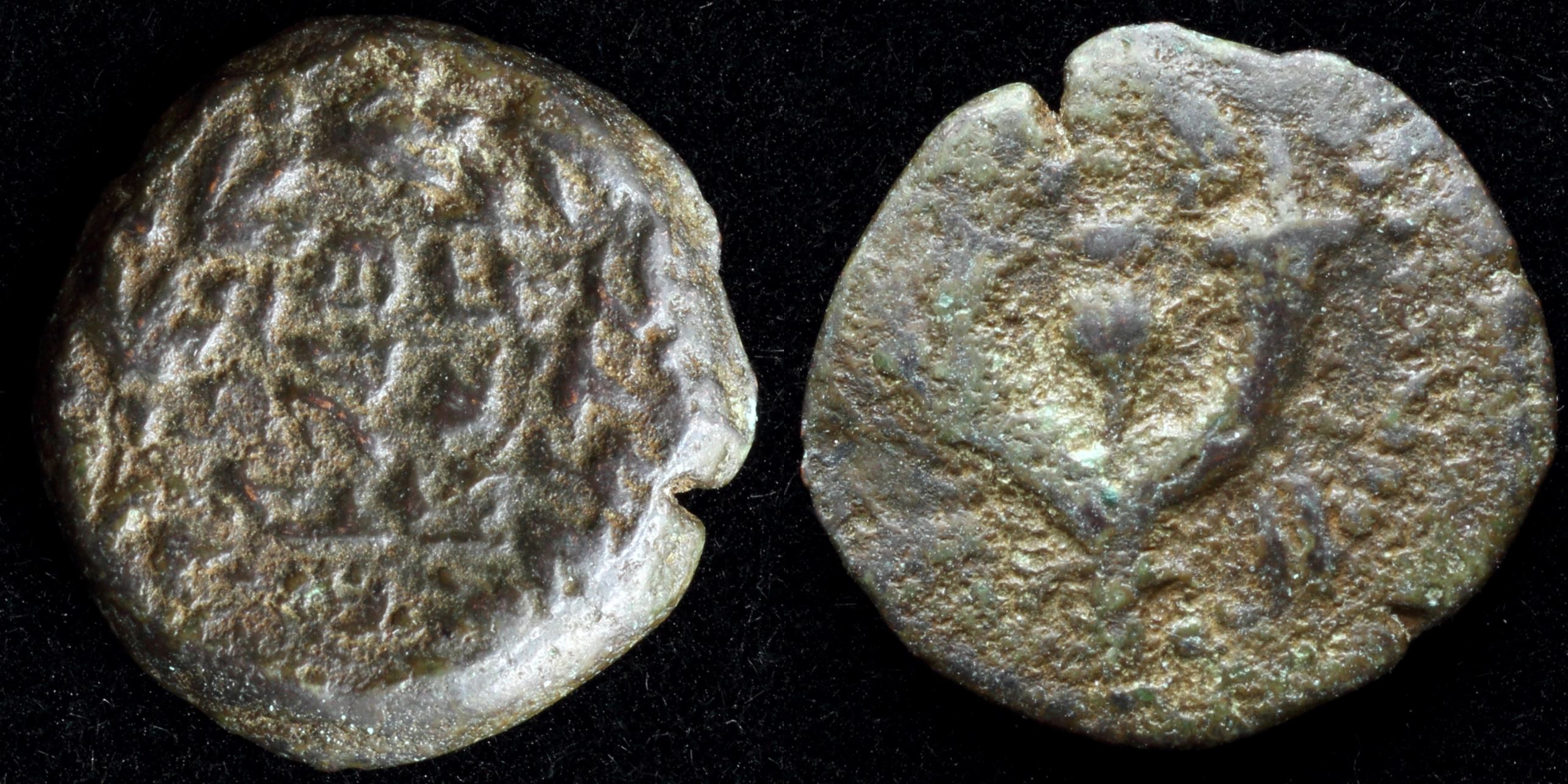
Reverse: double cornucopia with pomegranate between horns
Die Orientation: -
Weight: 2.1 g
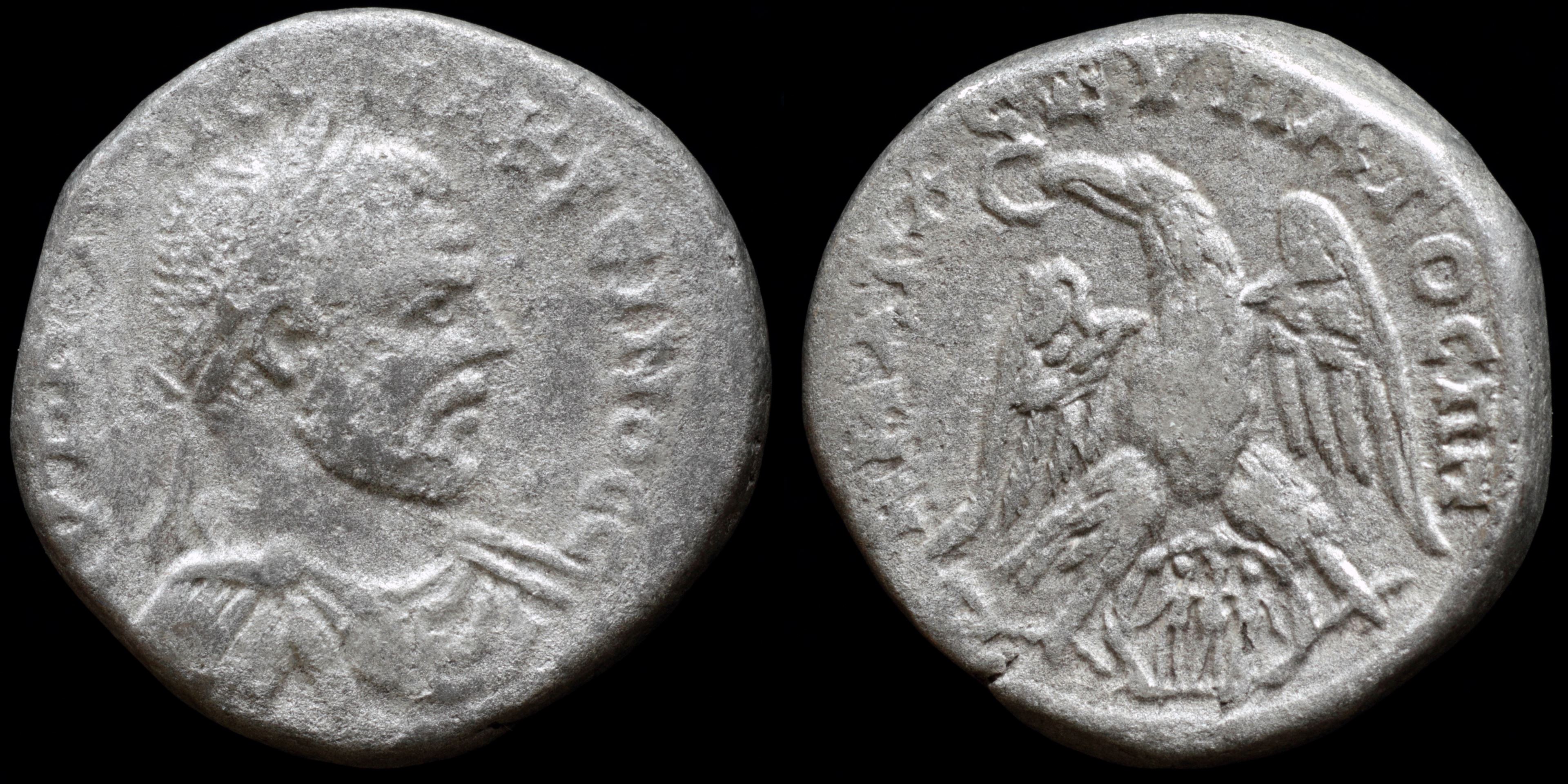
Reverse: Eagle facing, head left, wreath in beak, Three Graces standing within wreath between legs; Δ_HMAPX_·EΞ·YΠATOC Π Π
Die Orientation: -
Weight: 13.7 g
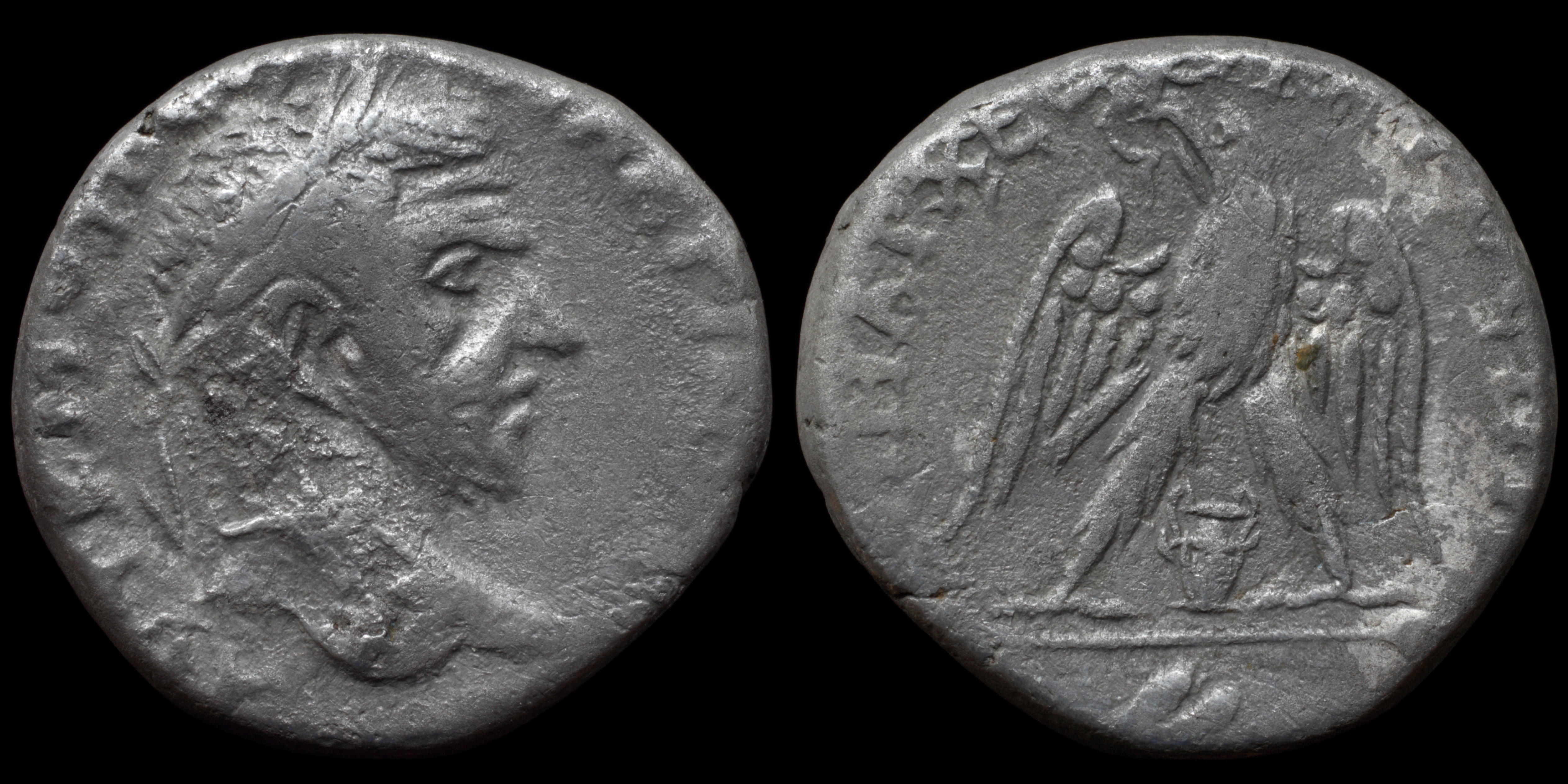
Reverse: eagle facing, head left, wreath in beak, jug between legs, thyrsos and ivy leaf below; ΔHMAPX EΞ YΠA TOC Π Π
Die Orientation: -
Weight: 10.4 g
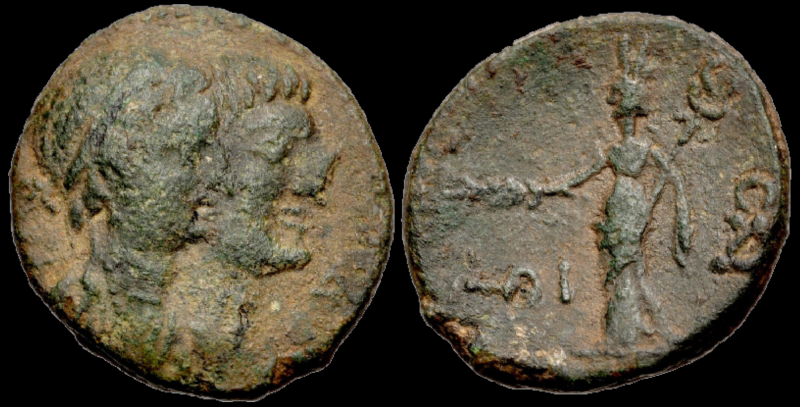
Reverse: Tyche of Dora standing left, holding palm frond and caduceus; L ΘΙ (date) to left; Ω/Δ to right.
Die Orientation: 12 H
Weight: 7.28 g
.jpg)
Reverse: ΑΝΤ ΠΡ ΙΠ ΙƐΡ ΑСΥΛ, Tyche standing facing, head left, wearing turret headdress, holding small horse and cornucopia
Die Orientation: 12 H
Weight: 9.2 g
"The Decapolis (Greek: Δεκάπολις Dekápolis, Ten Cities) was a group of ten cities on the eastern frontier of the Roman Empire in the southeastern Levant. The cities were grouped together because of their language, culture, location, and political status, with each functioning as an autonomous city-state. Though sometimes described as a "league" of cities, it is now believed that they were never formally organized as a political unit. The Decapolis was a center of Greek and Roman culture in a region which was otherwise ancient Semitic-speaking peoples (Nabataeans, Arameans, and Judeans). In the time of the Emperor Trajan, the cities were placed into the provinces of Syria and Arabia Petraea; after a later reorganization several cities were placed in Syria Palaestina and later Palaestina Secunda. Most of the Decapolis region is located in modern-day Jordan, but Damascus is in Syria and Hippos and Scythopolis are in Israel."
_REDUCED(8).jpg)
Reverse: ΒΑΣΙΛΕΩΣ ΠΤΟΛΕΜΑΙΟΥ, eagle with closed wings standing left on thunderbolt, harpē to left
Die Orientation: 11 H
Weight: 4 g
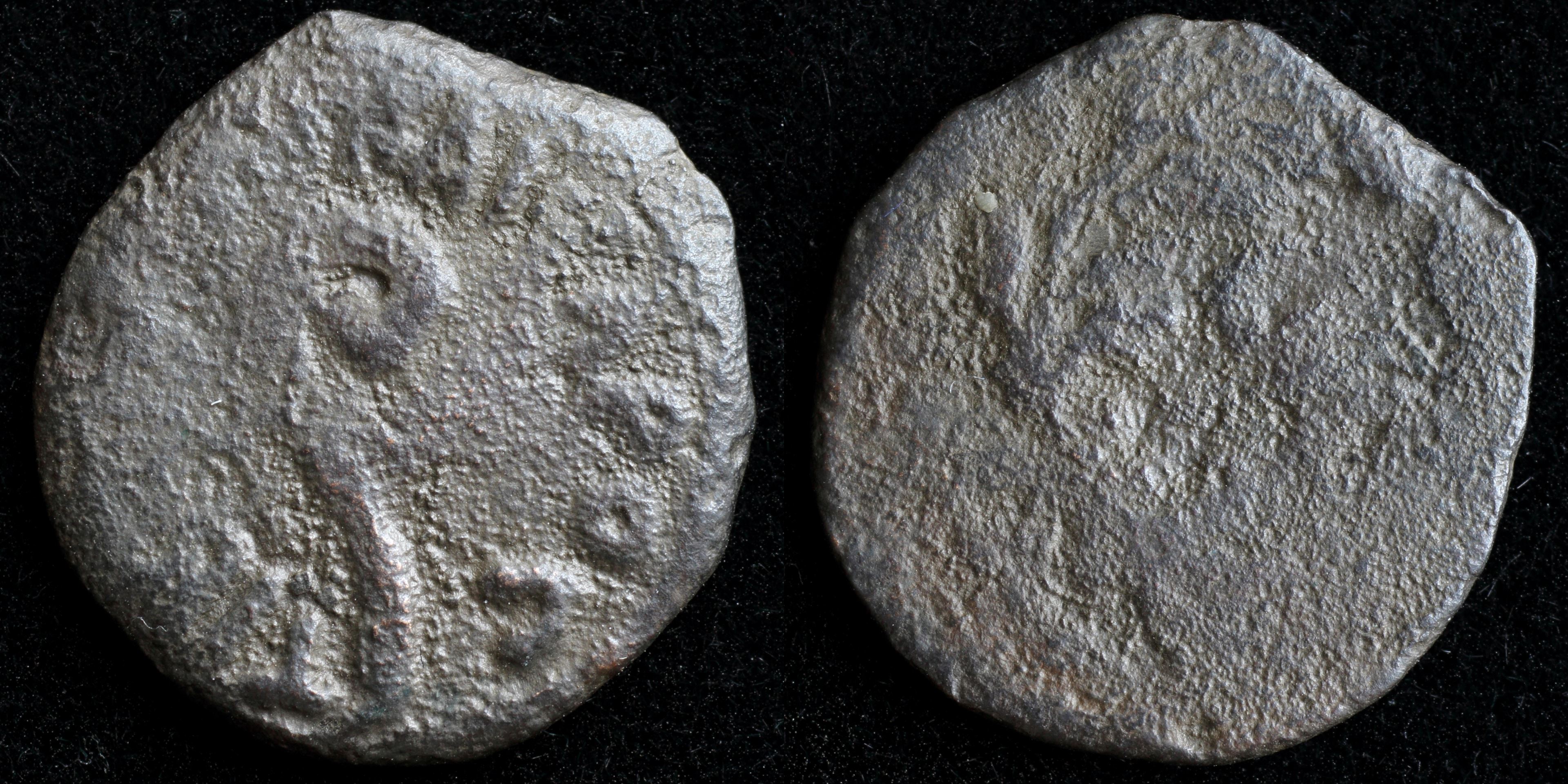
Reverse: Wreath; LIH
Die Orientation: -
Weight: 1.5 g
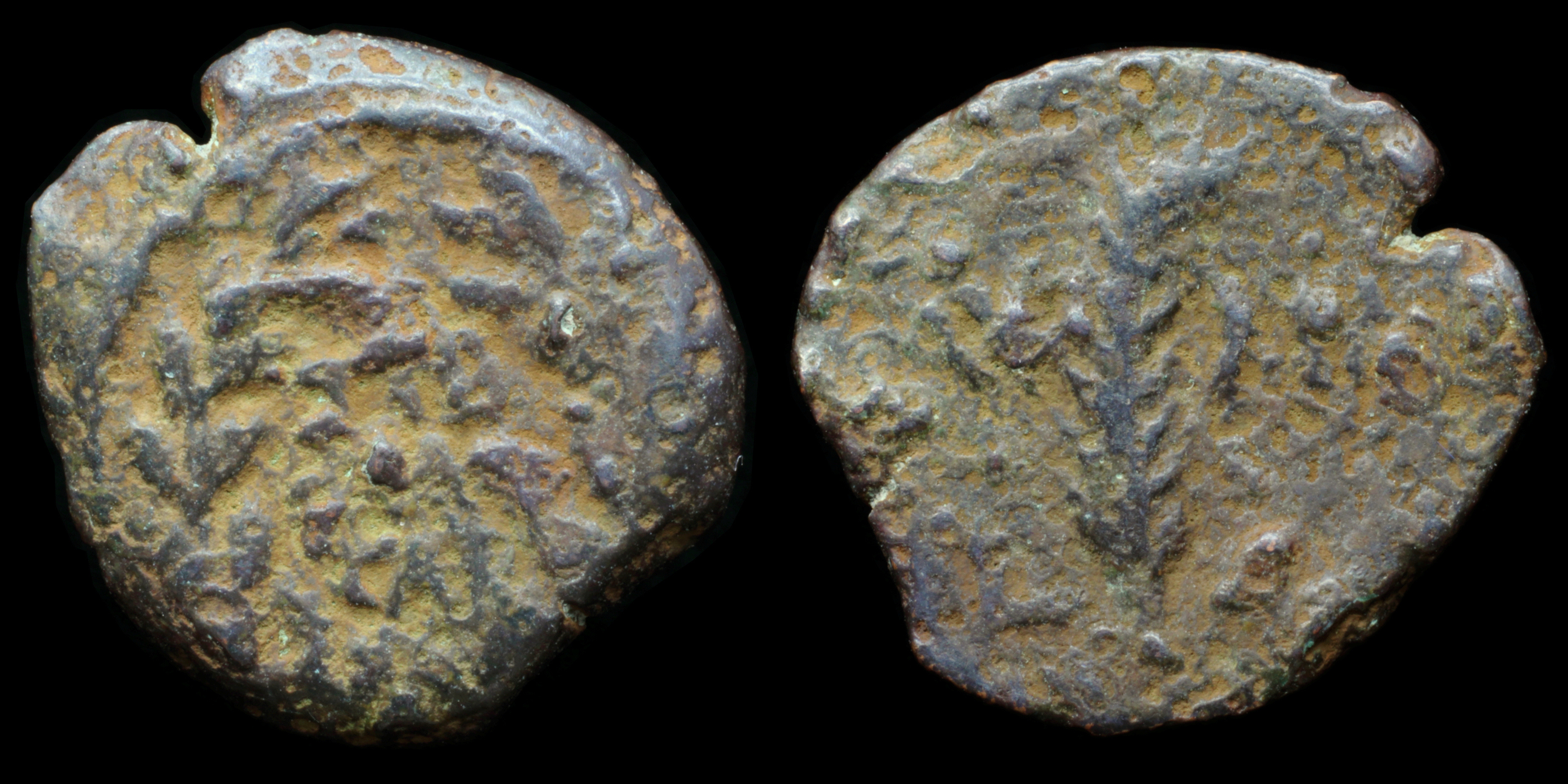
Reverse: palm branch flanked by: IOY−ΛIA / L - ∆
Die Orientation: -
Weight: 2.1 g
